Put simply, Edward Starbuck (1604-1690) was one of my tenth great grandfathers. He was a colonial immigrant, most likely from the watery, cross-border area of Derbyshire, Leicestershire and Nottinghamshire in England’s East Midlands dubbed by Celia as “Starbucky Territory.” He arrived in Dover (in present day New Hampshire) about 1638.[1] His wife, Katherine, and his children who were born in England may have traveled with him or may have followed months or years later.[2] After several years of living in Dover he moved to Nantucket.[3] On the surface, he lived an uninteresting life, but what lies below the surface is fascinating.
Continue reading “Who was Edward Starbuck?”Category: Edward Starbuck
Edward and the Alewives 1642-1645
There are several documents which show how Edward made a living after immigrating from Starbucky Territory to Dover and then Nantucket. He primarily chose jobs requiring skills related to water resources and made use of land he was granted or leased.
Dover:
Though no original record exists that shows Edward being granted his town land, records can prove his residence at Dover by 1640.[1] In 1642, Edward was named as a “dweller along high street” by Dover historian John Scales.[2] The 1923 map from Scales’ book shows Edward’s property on the “Old Road” as it was designated. This map covered much of Dover Neck and today Dover Point Road is nearly identical to “Old Road,” as it was called on the map. (See Dover Point Road and its branches on google maps.) It is highly probable Edward’s town property was exactly where the map indicates. Edward and his family would likely have had a garden and a few animals on their homestead property. The rocky soil made large scale farming difficult, so early livelihoods came from other work.
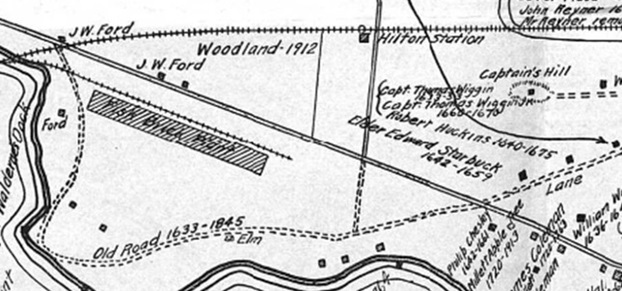
Edward Gets in Trouble and Builds a Sawmill 1646-1649
Starbuck/Waldron Timber at Thompson’s Point
Edward Starbuck and Richard Waldron were in a bit of hot water in June of 1647 with their logging business.[1] The land Edward and Richard were on was known as Thompson’s Point.[2] There was more than one place with that name, but this one was on the northeast side of the Piscataqua in what is now Eliot, Maine, which was part of Kittery in the 1600s.

Caption: The Thompson’s point of 1649 no longer exists but was somewhere near the word “Elliott” on the map, on the Maine side of the Piscataqua. Map from the David Rumsey Collection: Link
They had taken on the lease of Thompson’s Point from Sir Ferdinando Gorges by 1647 after his first tenant, Francis Williams, left for Barbados in 1644, leaving Gorges without a renter.[3]
Continue reading “Edward Gets in Trouble and Builds a Sawmill 1646-1649”If One Sawmill is Good… 1650-1659
Two are better! Whether or not Edward Starbuck built all the mills he was given permission to erect is difficult to say, but any he did build likely had an impact on Dover’s economy.
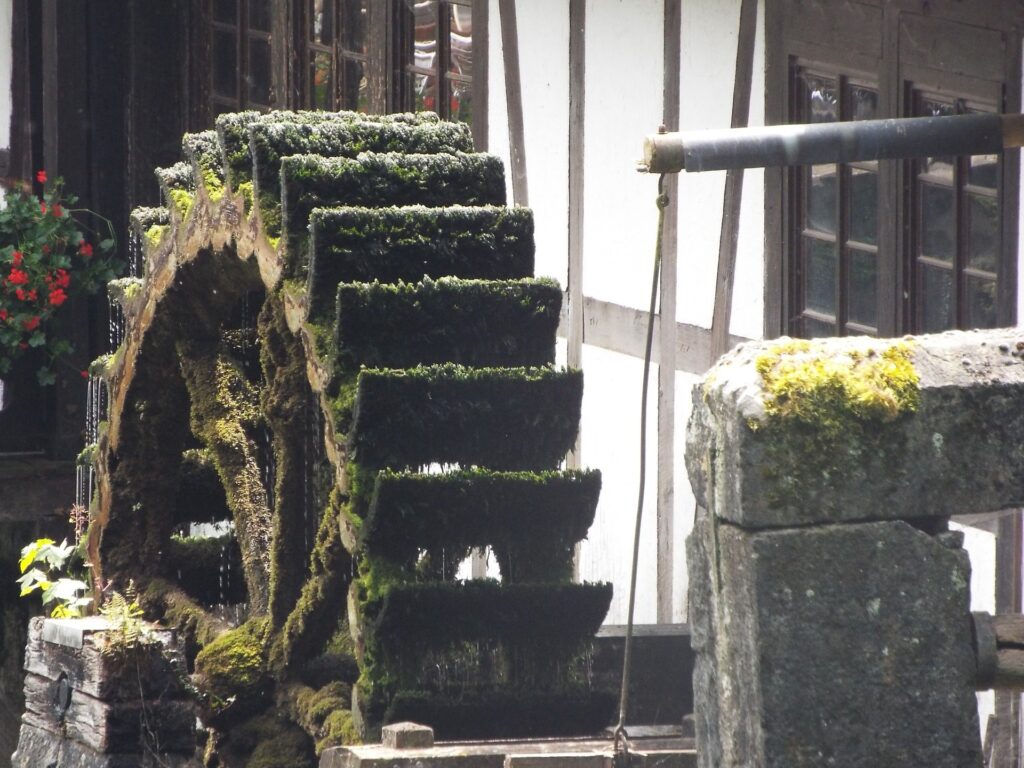
Previously…
Edward Starbuck and Hatevil Nutter were given permission to build sawmills on the Lamprey River in 1649.[1] There was nothing in the town records in 1649 or for years afterwards that indicated these specific mills were built, though there’s no reason to believe a lack of notation means they weren’t.
Continue reading “If One Sawmill is Good… 1650-1659”Picking Up Roots 1660-1669
Moving from Dover to Nantucket
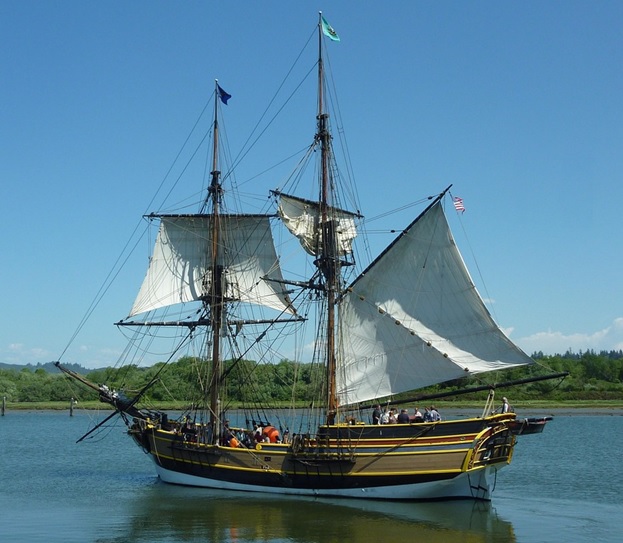
The 1660s brought tremendous change to Edward’s life. Early in that decade, as he approached sixty, he uprooted his family and moved to the Island of Nantucket.
This removal, to territory previously unsettled by Europeans, wasn’t accomplished in one go. It started in 1659 and took a couple of years to complete. And he didn’t move far from water – he merely exchanged the rivers of Dover for the streams and coves of Nantucket.
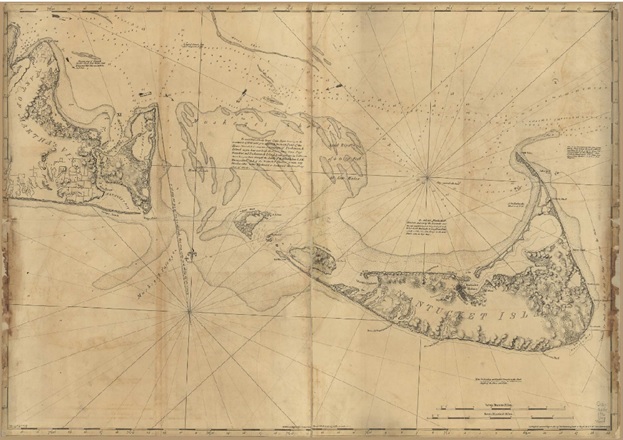
Life on Nantucket 1670-1679
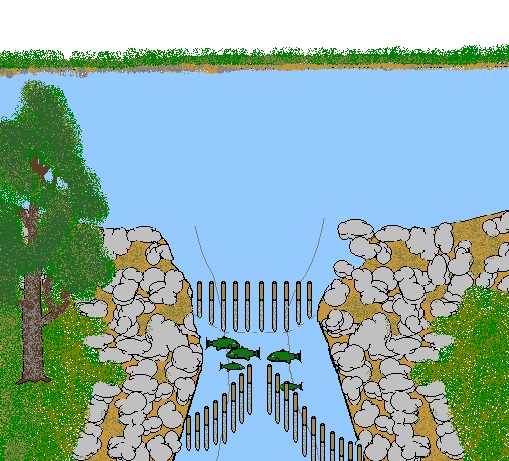
By 1670 Edward Starbuck had been a Nantucket resident for many years. He had already established one weir with Thomas Macy and he sought permission to establish another one on Long Pond.[1] According to the entry in the deed book, dated 23 August 1670, Edward was again partnering with Thomas Macy, but the venture was open to whoever else in town want ed to join in. Tristram Coffin is on record as having entered the partnership, but it appears Richard Swain dissented. No reason was given for that. Other entries in Nantucket records are notable for having townsmen note their dissent to majority decisions. Nantucketers apparently placed a lot of importance on the opinion of each citizen.
Continue reading “Life on Nantucket 1670-1679”Winding Down 1680-1691

As he approached and entered his eighties, it is clear Edward Starbuck was taking a smaller part in public affairs. He had worked hard to make his businesses successful, to serve his community, and to accumulate land, thus becoming economically comfortable. During his last decade of life, Edward passed most or all his remaining land on to his children. He also stepped back from Nantucket responsibilities. There are references to a “Mr. Starbuck” who had town duties in the 1680s but it is difficult to tell if those referenced Edward, who would have been in his seventies and eighties, or Nathaniel, who would have been in his forties and fifties. Either could be a Mr. Starbuck.
Edward continued to witness deeds and make land agreements through the 1680s. Along with several others, he gave up commonage space to John Trott.[1] A “Mr. Starbuck” was appointed town trustee in 1690, but it’s more likely that was Nathaniel as Edward was eighty-five by then and passed away just eight months later.[2]
Continue reading “Winding Down 1680-1691”Was Edward Starbuck from Derbyshire? Part 1
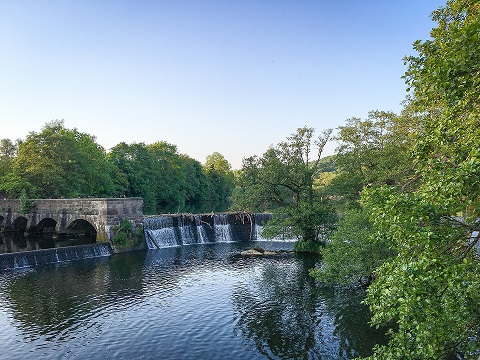
The answer to that question is a resounding “maybe.” The possibility goes up a notch to a solid “likely” if we stretch Derbyshire to include what we call Starbucky Territory, the watery world that was home to a century of Starbuck families from the mid-1500s to mid-1600s and beyond.
Starbucky Territory is at the confluence of Derbyshire, Leicestershire, and Nottinghamshire. Not content to confine themselves to one continent, let alone one county, the Starbucks ranged across parish and county borders throughout the area connected by the Trent, Derwent, and Erewash Rivers. (For a more details, see Starbucky Territory.)
Continue reading “Was Edward Starbuck from Derbyshire? Part 1”Was Edward Starbuck from Derbyshire? part 2
A deeper dive
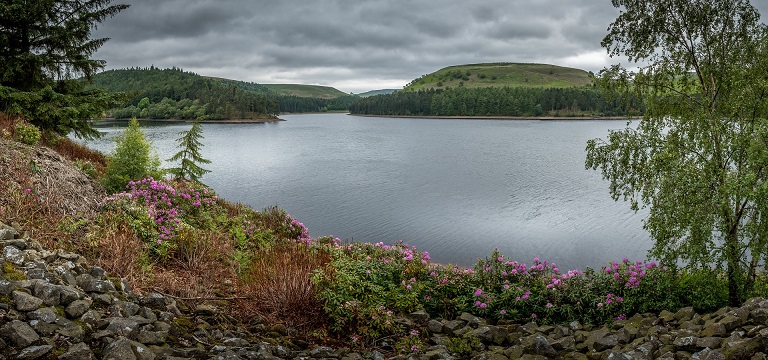
A deeper dive
Part 1 of this post listed three categories of printed sources which stated Edward’s birthplace was the county of Derbyshire. The books and journals are not definitive evidence, but with so many sources agreeing on the same county (not just “England”), Derbyshire must be taken seriously.
Two authors in particular, John Farmer and Charles Edward Banks, gave us more than just a location. They gave us who and what they used for their sources.
Continue reading “Was Edward Starbuck from Derbyshire? part 2”Was Edward Starbuck from Derbyshire? Part 3

Many Starbuck family historians and New England researchers believed Edward Starbuck came from Derbyshire, but no original record has been found to prove that. There is an excellent possibility for his baptism in the parish records of Derby in February 1603/4, but with church records in other Starbucky Territory locations such as Sawley starting long after Edward’s birth year it’s impossible to be sure the Derby baptism belongs to him.[1] However, corroborating evidence from DNA testing shows that Edward was from Derbyshire, or nearby, which strengthens the possibility the Derby baptism belongs to him.
Types of DNA Tests
atDNA: The DNA kits available from Ancestry, 23 & Me and other companies test autosomal-DNA, often abbreviated atDNA. This type of DNA helps us find close-ish relatives, up to approximately fifth or sixth cousins. Genealogical relationships beyond that are difficult to prove with autosomal DNA testing alone.[2] These tests might be able to identify a common ancestor who was born about 200 years ago but that doesn’t get us back into the 1600s.
Y-DNA: What does get us back far enough is Y-DNA testing. This is for paternal (surname) lines only because it tests the Y chromosome. All males inherit it, often unchanged, from their fathers.[3] For additional details on Y-DNA see A Little More on DNA.
Testing Starbuck Men
We used Y-DNA tests from four Starbuck men for our analysis.[4] Testers A and B are descendants of Edward Starbuck. They were born in the United States. Testers C and D were born in England. The following table lists each tester, their genetic distance from Tester A and approximately how many generations might be between them and their common ancestor.[5] The total genetic distance for tester D is broken down between faster changing markers (f) and slower changing markers (s). The faster changing ones are expected to mutate more rapidly and may change within a generation or two. Slower markers might pass unchanged for centuries. Where and when each tester’s last known paper trail Starbuck ancestor lived is also included.[6]
Continue reading “Was Edward Starbuck from Derbyshire? Part 3”